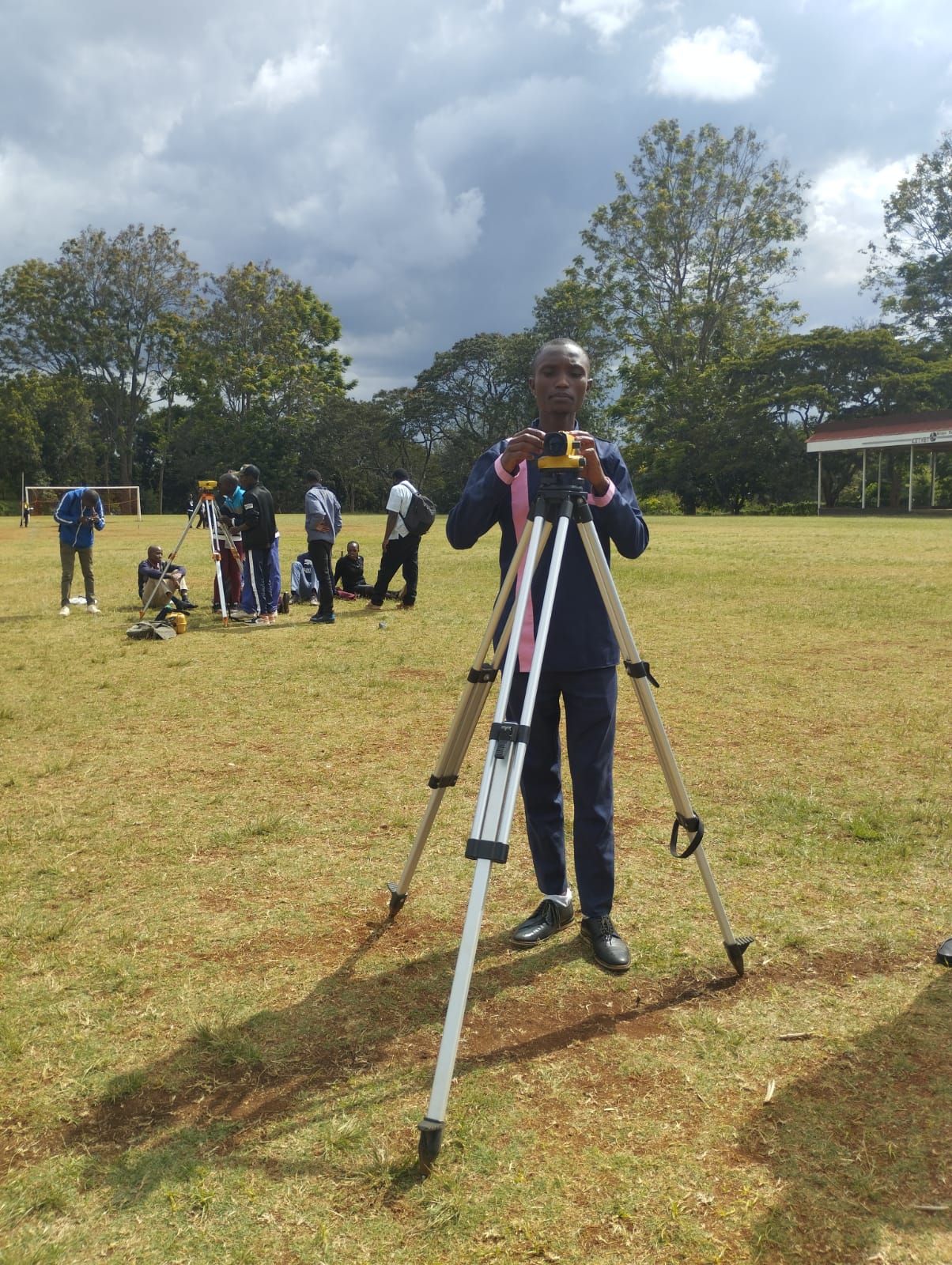
Course Summary: Traversing Survey
Course Title: Traversing Survey
Course Overview: Traversing survey is a fundamental aspect of land surveying that involves the measurement and calculation of angles, distances, and elevations to determine the position of points on the Earth's surface. This course provides an in-depth understanding of the principles, techniques, and instruments used in traversing surveys.
Key Topics Covered:
-
Introduction to Traversing Survey:
- Definition and importance of traversing survey
- Historical background and evolution of surveying techniques
-
Instruments and Equipment:
- Theodolites, total stations, and other surveying instruments
- Use of leveling instruments for vertical measurements
-
Traversing Methods:
- Open traverse vs. closed traverse
- Compass traverse and transit traverse techniques
-
Angle Measurement:
- Principles of horizontal and vertical angle measurement
- Use of theodolites for precise angle measurement
-
Distance Measurement:
- Techniques for measuring horizontal and vertical distances
- Electronic distance measurement (EDM) and its applications
-
Calculation and Adjustment:
- Calculation of traverse coordinates and azimuths
- Adjustment techniques for minimizing errors in traverse surveys
-
Field Work and Data Collection:
- Planning and organizing field surveys
- Recording field data accurately and efficiently
-
Mapping and Plotting:
- Transfer of field data to maps and drawings
- Use of software for digital mapping and plotting
-
Quality Control and Error Analysis:
- Identifying sources of error in traversing surveys
- Implementing quality control measures to ensure accuracy
-
Applications of Traversing Survey:
- Land boundary determination
- Construction layout and site planning
- Topographic mapping and contouring
Course Objectives:
- Understand the principles and techniques of traversing survey
- Develop proficiency in using surveying instruments and equipment
- Learn how to plan, execute, and analyze traverse surveys effectively
- Apply traversing survey skills to real-world applications in land surveying and mapping
Target Audience:
- Civil engineers
- Land surveyors
- Geomatics professionals
- Construction managers
- Anyone interested in gaining knowledge of traversing survey techniques
Course Format:
- Lectures covering theoretical concepts and principles
- Practical demonstrations of surveying instruments and techniques
- Hands-on field exercises for data collection and analysis
- Assignments and projects to reinforce learning and practical application
Course Duration: The duration of the course may vary depending on the institution or program offering it. Typically, it can range from several weeks to a semester-long course.
Certification: Upon successful completion of the course and assessment requirements, participants may receive a certificate or accreditation recognizing their proficiency in traversing survey technique
- Teacher: Admin User

 https://onesmusomari.gnomio.com/pluginfile.php/33/mod_label/intro/Dissemination%20and%20storage%20of%20tactical%20unmanned%20aerial%20vehicle%20digital%20video%20imagery%20at%20the%20Army%20Brigade%20Level%20%28IA%20disseminationsto00apos%29.pdf
https://onesmusomari.gnomio.com/pluginfile.php/33/mod_label/intro/Dissemination%20and%20storage%20of%20tactical%20unmanned%20aerial%20vehicle%20digital%20video%20imagery%20at%20the%20Army%20Brigade%20Level%20%28IA%20disseminationsto00apos%29.pdf